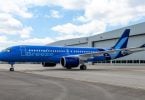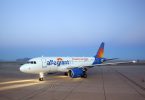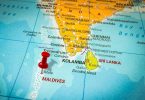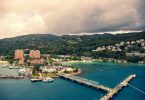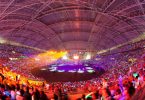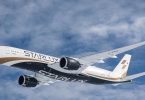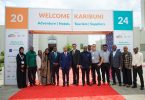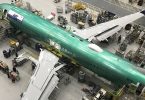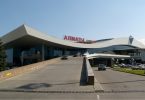No engines, no fuel was used for this plane to take off from Hawaii. It took 56 hours, and this plane landed in California and not one drop of fuel was burned.
Onboard, a live webcast from the skies, the pilot of a solar-powered plane on an around-the-world journey reached the San Francisco Bay late Saturday afternoon, enthralled and inspired by the stunning scene below.
“Right now, I am crossing the coastline of California entering into the continent, and exactly in front of me is the Golden Gate,” pilot Bertrand Piccard told colleagues tracking his travels on the Internet. Over “the centuries, all these ships were coming like this” through the Golden Gate, “and now it’s a solar-powered airplane.”
Reaching shoreline of the U.S. mainland was a major milestone and one of the most challenging legs for the Solar Impulse 2.
It is the first airplane of a Swiss person Piccard and André Borschberg to fly day and night without using a drop of fuel, propelled solely by energy from the sun.
Borschberg, who had flown the leg from Japan to Hawaii, was aboard a helicopter to welcome Piccard as he approached the San Francisco Bay Area.
Once he gets to the valley, Piccard will meet with his friends from Google, which a year ago took over 1,000 acres of Moffett with plans to repurpose its three airship hangars as laboratories for developing robots, rovers, drones and Internet-carrying balloons.
The trans-Pacific leg of his journey was considered the riskiest part of the solar plane’s around the world travels because of the lack of emergency landing sites. After uncertainty about winds, the plane took off from Hawaii on Thursday morning.
At one point, passengers on a Hawaiian Air jet caught a glimpse of the Solar Impulse 2 before the airliner sped past the slow-moving aircraft.
The solar aircraft had landed in Hawaii in July and was forced to stay on the islands after its battery system sustained heat damage on its trip from Japan.
The plane’s ideal flight speed is about 45 kph, or 28 mph, though that can double during the day when the sun’s rays are strongest. The carbon-fiber aircraft weighs more than 5,000 pounds, or about as much as a midsize truck.
The wings of Solar Impulse 2, which stretch wider than those of a Boeing 747, are equipped with 17,000 solar cells that power propellers and charge batteries. The plane runs on stored energy at night.
After Mountain View, the plane will head to Phoenix.




